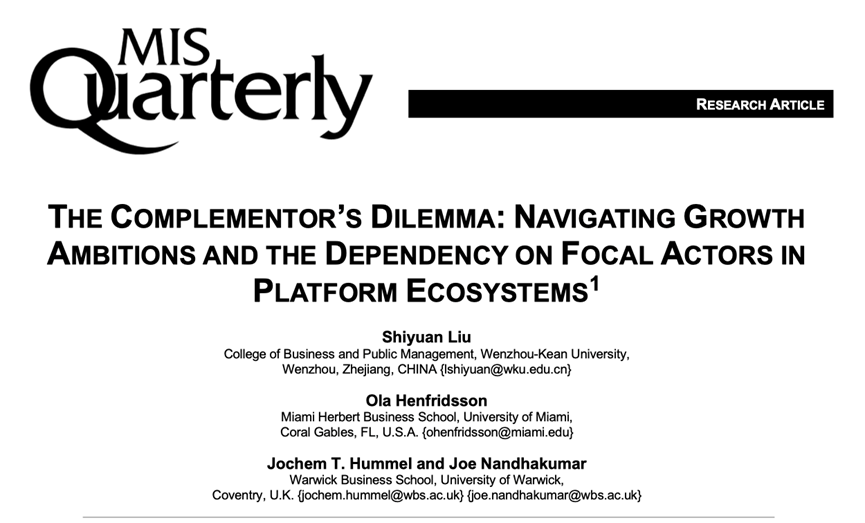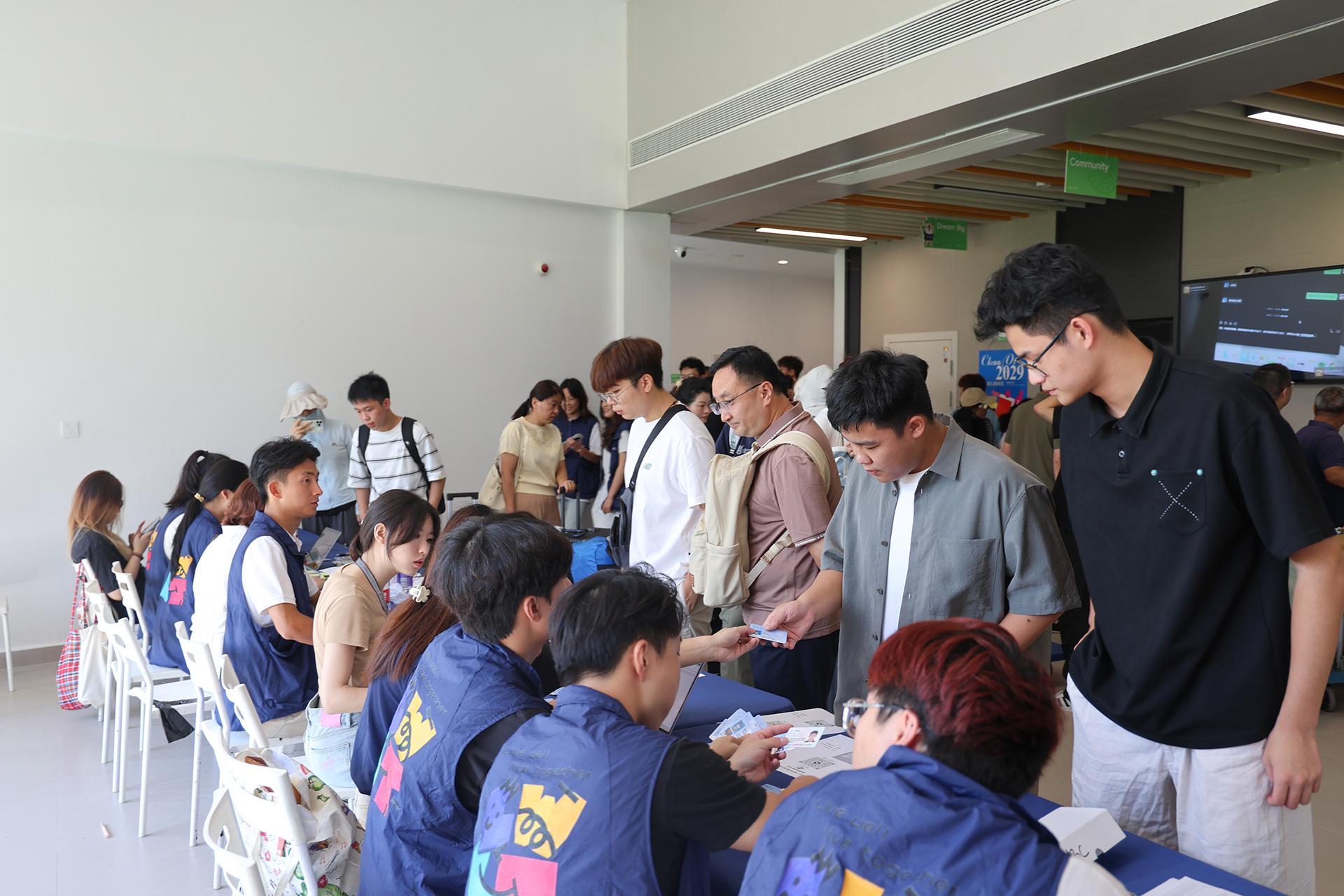WKU first Graduate Architecture Exhibition, explores contemporary societal issues from an architectural perspective.
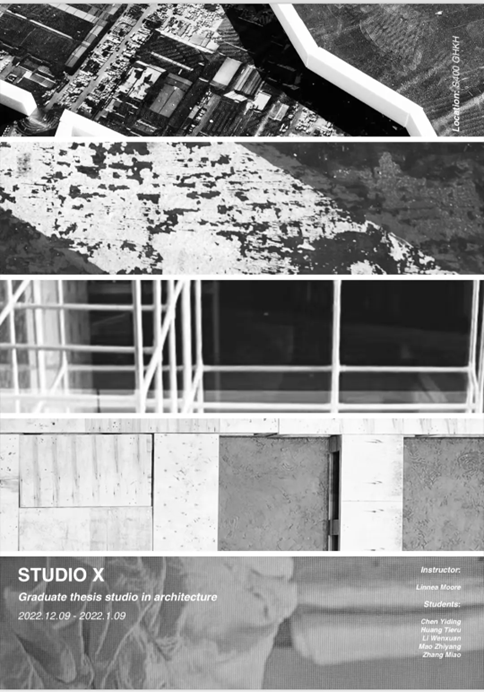
Recently, the first cohort of Master of Architecture students at our university presented an exhibition titled Studio X, exploring contemporary societal issues from an architectural perspective. The exhibition, located in the public space on the fourth floor of the GHK Building, showcases innovative solutions such as using local materials to address climate change and urban homogenization and repurposing architectural debris from demolition sites into art installations. The exhibition will run until January 9th of next year.
Studio X, guided by Assistant Professor of Architecture Linnéa Moore, is the semester's assignment outcome of the design course "Graduate Thesis Studio in Architecture." The exhibited works represent the first part of the master's thesis design. The topics explored in this exhibition range from new modes of work and life to the phenomenon of "lying flat" and post-work society. They also delve into the application of local materials in urban contexts, the consequences of rapid demolition in the built environment, the diversity of building types, and adaptive reuse. These contemporary societal issues are studied within the context of China, focusing on urban issues and reflecting on architectural practice.
01/ Lasting for one year, the exhibition highlights local architectural topics and attracts attention.
According to Professor Linnéa Moore, in the studio environment, students have the autonomy to manage their research and choose topics of interest for a year-long exploration. "Coincidentally, all students chose topics related to China," Linnéa said. These topics were developed into installation works over the course of a semester and presented in this exhibition. It serves as a concentrated showcase of their process-oriented research results and is an important part of the research discussion.
"Our topics span an entire year, and the task for this semester is to pose questions. In the spring semester, students will continue with this project and also complete a book," Linnéa said. Continuing the research in the spring, proposing feasible architectural solutions, and addressing the questions raised this semester are the ultimate goals of Studio X. Exploring the unknown, embracing uncertainty, and persevering with the proposed topics, Linnéa believes that students' efforts will ultimately yield satisfactory results.
02/ Using "breathable" materials to create distinctive "micro-environments" in underground cities.
How can we form a high-density gathering of people with low-density architectural forms? What does it feel like to walk on the upper part of the city and overlook the space below? Perhaps we can find answers in the work titled "Underground Earth City" by the author Li Wenxuan. Li Wenxuan told reporters that her work creates clustered underground city spaces to create a micro-environment and address contemporary issues of climate change and urban homogenization.
"Since the Industrial Revolution, the use of concrete has resulted in a large amount of carbon dioxide emissions, accelerating the global climate crisis. In addition, cities now exhibit homogenization due to the use of standardized materials, making all cities look almost identical and losing their local characteristics.”
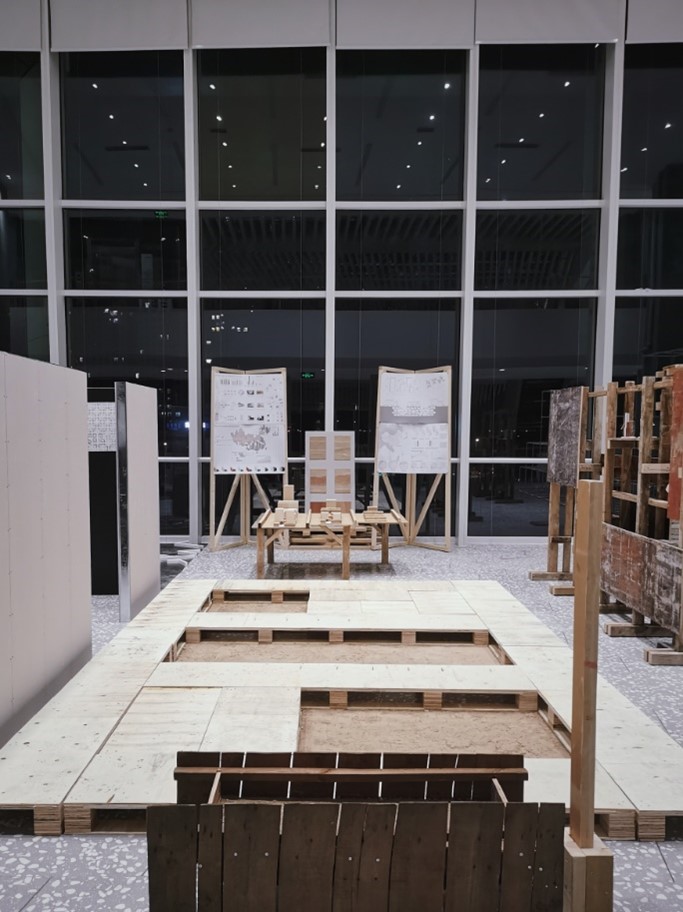
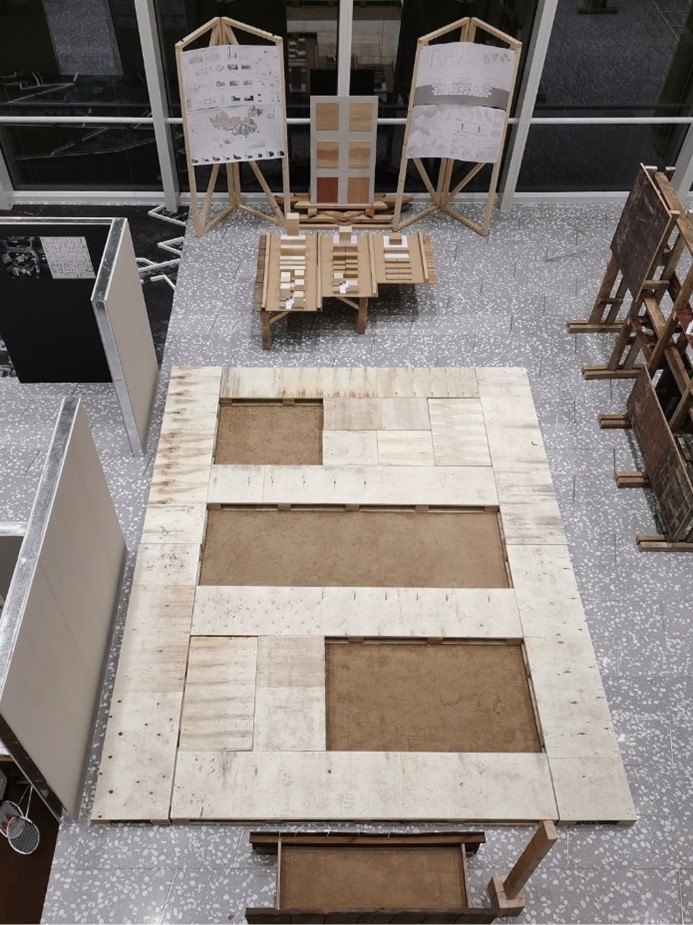
Therefore, Li Wenxuan began to consider bringing some localized and vernacular materials into urban environments. Designing environments with rammed earth walls and rammed earth bricks as the main building materials, the "breathable" rammed earth walls can self-regulate indoor temperature, providing warmth in winter and coolness in summer. By reducing the use of air conditioning systems, this helps reduce carbon dioxide emissions. Additionally, by selecting her project site in her hometown of Jiuquan City, Gansu Province in northwestern China, Li Wenxuan also hopes that through her ideas, she can revitalize the local earth building culture: "In my hometown, many people believe that earth houses are not as good as concrete ones, but I don't think so. I hope that one day, through these studies, I can do something for my hometown, which is also one of my learning goals.”
03/ Turning Waste into Treasure: Witnessing Old Construction Materials Transform into Art Exhibits
"My design mainly focuses on the reuse of construction waste left behind after the destruction of our cities during the process of urbanization." The artwork "Demolition Recital" primarily utilizes recycled construction waste from demolition sites to create an exhibition, exploring how to recover value during the demolition process. In the exhibition area, a particularly eye-catching piece is a red-and-white alternating board artwork. The author, Huang Tielu, explains that this board was originally salvaged from a construction site. She coated it with epoxy resin to protect the paint on top, turning it into a reusable decorative object. In her exhibition, all the showcased decorative items are reclaimed and repurposed from construction sites or demolition sites.

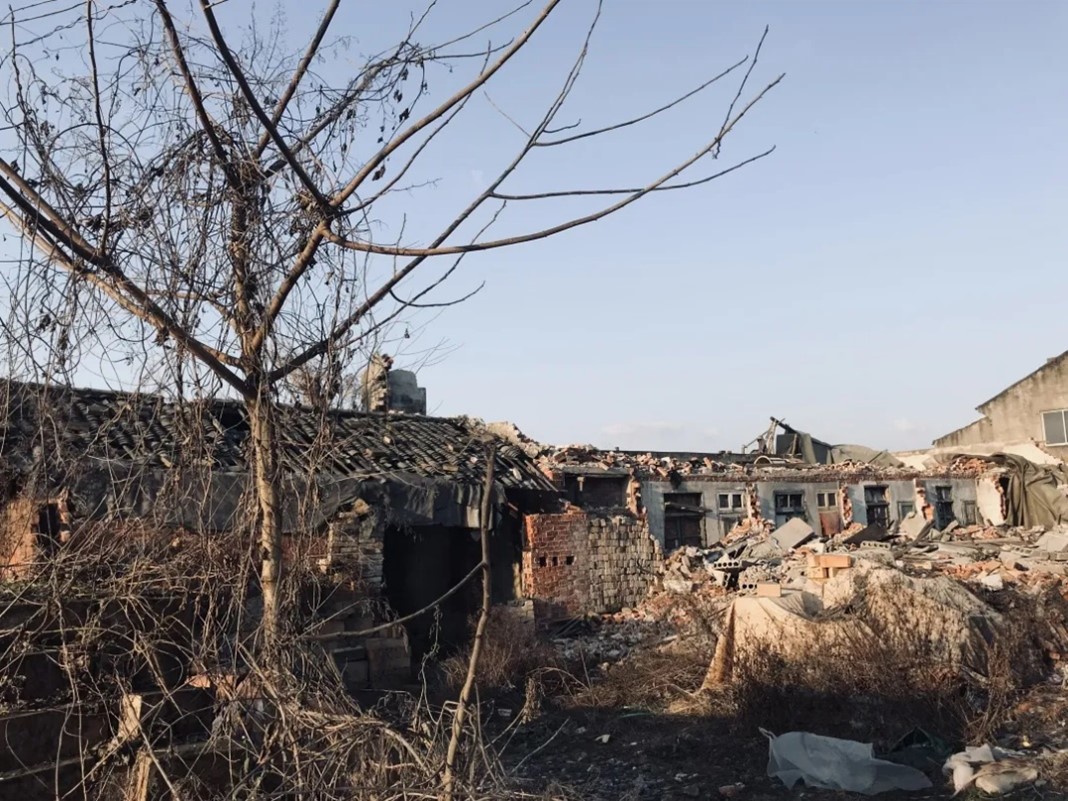
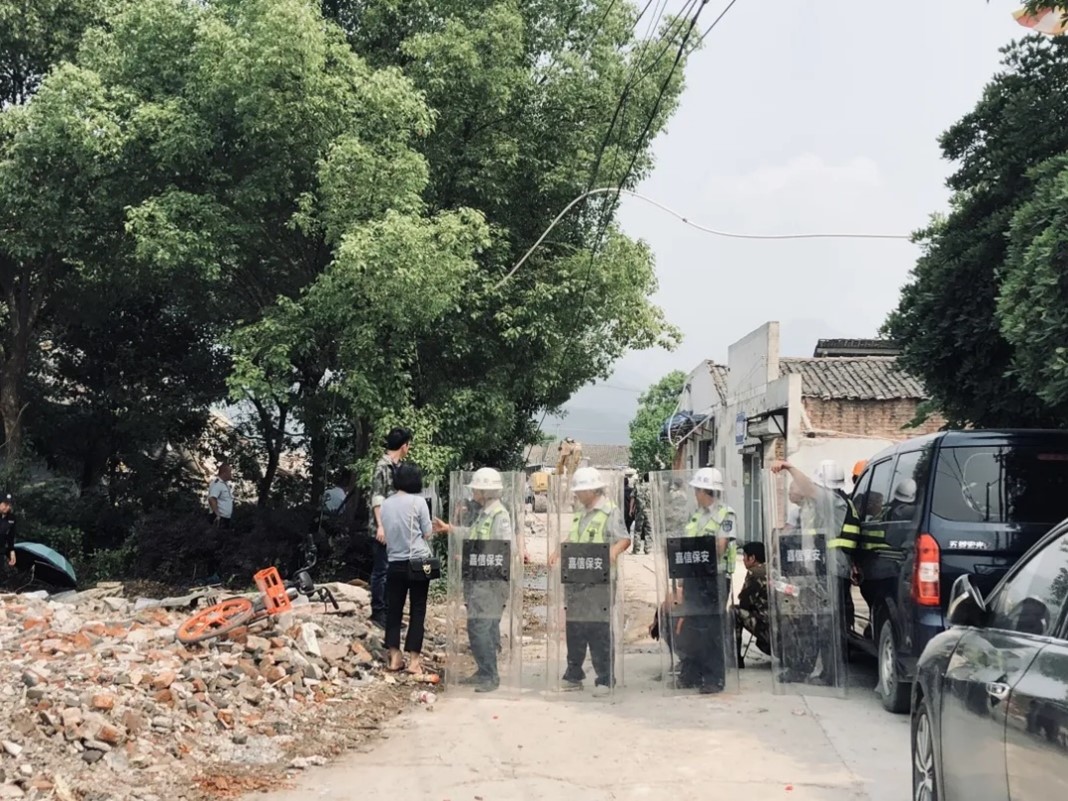
Huang Tieru discovered that these "waste materials" in the eyes of others not only have value in terms of environmental protection but also from a humanistic perspective. In Huang Tielu's view, elements that have been earmarked for demolition should not be smashed, burned, or buried in landfills. They also have the opportunity to be documented, processed, and reused in the construction of future societies. Before reconstruction, it is important to understand the connections dismantled during demolition and review the values worth preserving.
04/ Exhibition Overview of Studio X Works
"Life-Work" Community by Mao Zhiyang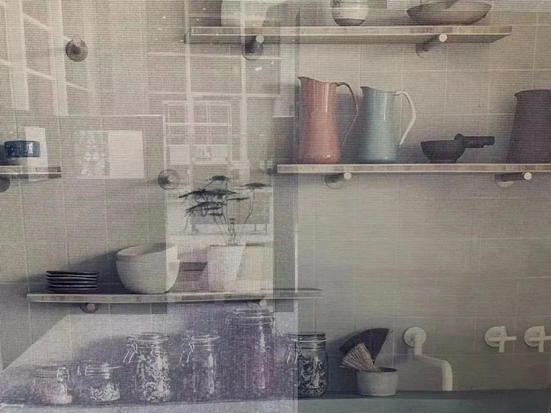
From "Lying Flat" to "Post-Work Society" by Zhang Miao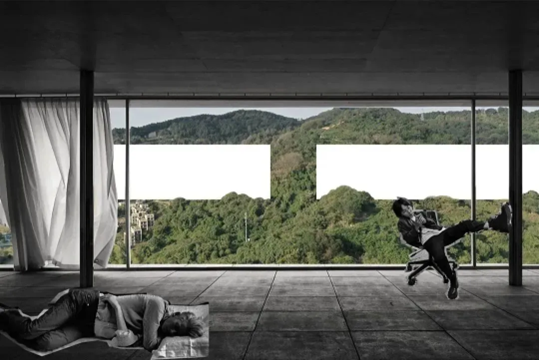
Clustered Underground City by Li Wenxuan
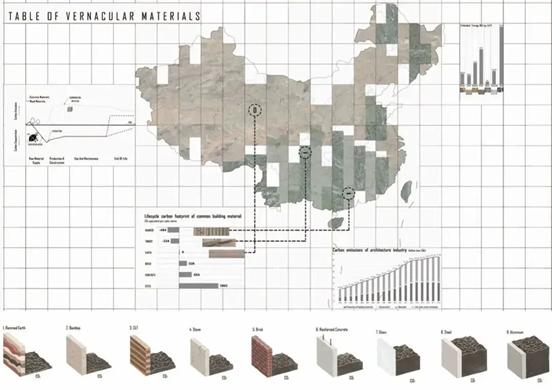
"Demolition Recital" by Huang Tielru
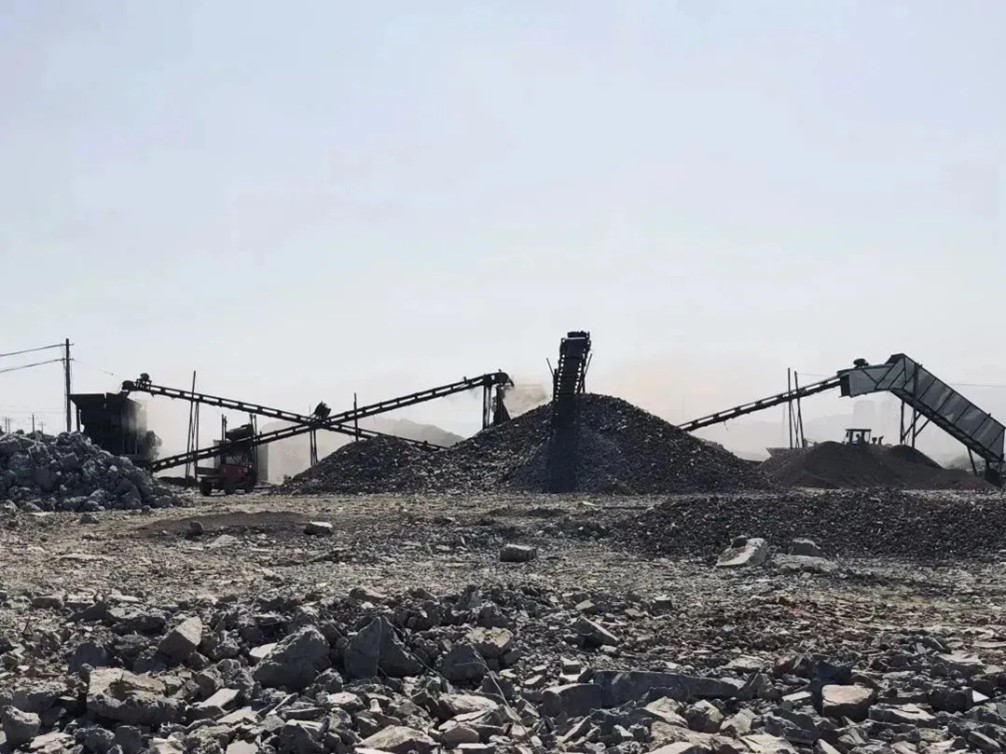
Salvaging the "Dying" Structures by Chen Yiding

Image | Provided by Interviewee
Text | Xiang Wenwei
Production | Shang Rui
Initial Review | Tang Lianyi
Final Review | Linnéa Moore, Zhang Miao, Wang Shu
Editor | Media Center

